loom pot holder instructions
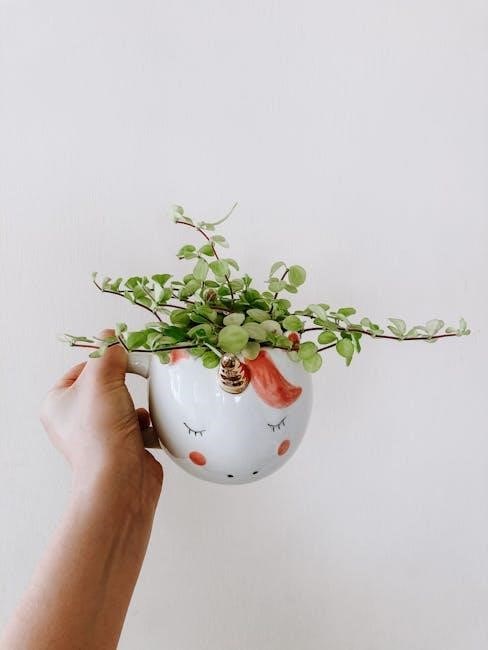
Welcome to our comprehensive guide on creating functional and stylish pot holders using a loom! This project is perfect for crafters of all skill levels, offering a fun and creative way to enhance your kitchen while learning basic weaving techniques. With simple materials and step-by-step instructions, you’ll be able to craft durable, heat-resistant pot holders that are both practical and personalized. Let’s get started on this exciting DIY adventure!
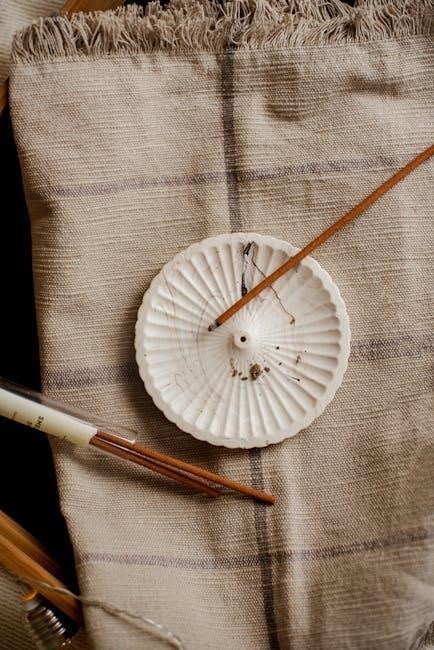
Overview of the Project
Creating a loom pot holder is a fun and creative DIY project perfect for beginners and crafty individuals alike. Using a simple loom, you can weave together colorful cotton loops or upcycled materials to create durable, heat-resistant pot holders. This project is great for all skill levels and can be completed in about 30 minutes. It’s an excellent way to personalize your kitchen accessories while learning basic weaving techniques. With customizable colors and patterns, you can make each pot holder unique and eco-friendly by repurposing old materials like t-shirts.
Benefits of Using a Loom for Pot Holders
Using a loom to create pot holders offers several advantages. It allows for efficient and uniform weaving, ensuring consistent results. The loom simplifies the process of securing loops, making it easier to handle materials like cotton loops or upcycled fabrics. Additionally, it enables precise control over patterns and colors, allowing for personalized designs. This method is also eco-friendly, as it promotes the reuse of old materials. Overall, a loom makes the project faster, more organized, and adaptable to various creative preferences, making it a great tool for crafters of all levels.
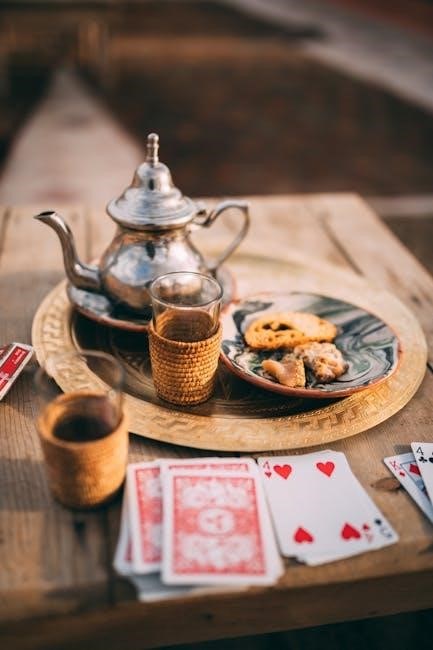
Materials and Tools Needed
- Potholder loom (7-inch or 10-inch size)
- Cotton loops or upcycled fabric strips
- Hook for weaving
- Tapestry needle for sewing
- Scissors and measuring tape

Potholder Loom Types and Sizes
Potholder looms are available in two main sizes: 7-inch and 10-inch. The 7-inch, or Traditional size, is the most commonly used due to its compact design and ease of handling. It typically requires 32 loops for a standard potholder. The 10-inch loom is larger, offering more space for intricate designs and requiring 40 loops. Additionally, there are specialty sizes like the Jumbo and Baby looms, catering to different project needs. These looms feature pins on all four sides, making them ideal for weaving square or rectangular potholders with cotton loops or upcycled fabric strips.
Craft Loops and Yarn Requirements
Craft loops are essential for creating durable pot holders. Cotton loops are the most common choice, offering a heat-resistant and eco-friendly option. For a Traditional 7-inch loom, you’ll need 32 loops, while the Jumbo size requires 40. Additionally, yarn can be used to add decorative elements or reinforce the edges. Opt for 100% cotton yarn to maintain heat resistance. Upcycling old t-shirts into fabric strips is another creative and sustainable option. Ensure all materials are tightly woven to provide optimal protection against heat.
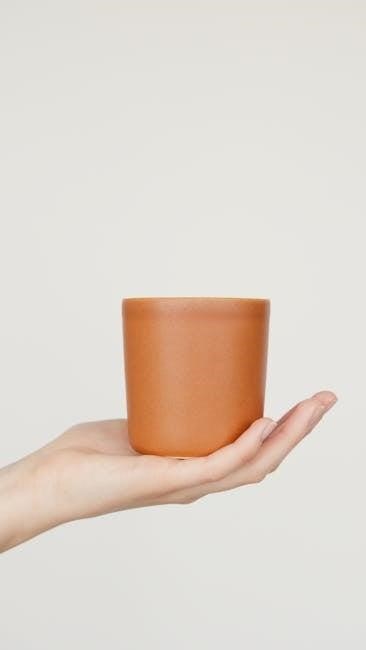
Additional Tools: Hooks, Needles, and Accessories
Beyond the loom and loops, essential tools include a metal hook for weaving and a plastic hook for finishing edges. A tapestry needle is handy for sewing in loose ends, ensuring a secure finish. Rubber bands or small clamps can help maintain tension while weaving. Optional accessories like measuring tapes or pattern guides can enhance precision. These tools collectively streamline the process, making your pot holder project efficient and professional-looking. They are simple to source and often included in potholder loom kits for convenience.
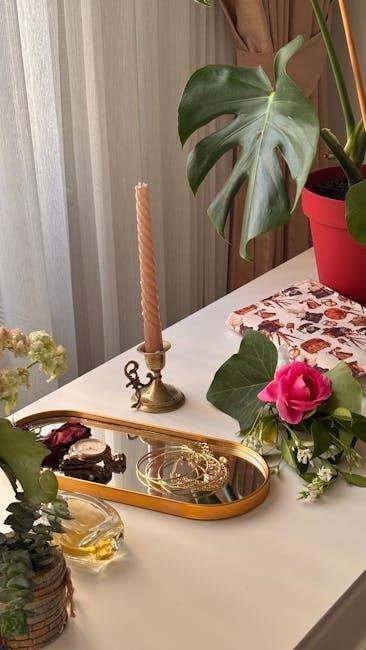
Setting Up the Loom
Attach craft loops to the loom by aligning them with the prongs. Stretch and secure loops evenly. Select colors, then string loops on pegs across opposing sides to create the warp.
Attaching Craft Loops to the Loom
Begin by attaching craft loops to the loom. Stretch each loop and align it with the prongs on the loom, ensuring they are securely fastened. Continue this process, attaching loops evenly across the loom. Make sure the loops are tightly secured to prevent slack. This step is crucial for creating a stable foundation for weaving. Properly attaching the loops ensures your potholder will be evenly woven and durable. Follow the pattern or design you’ve chosen, stretching the loops firmly into place. This sets the stage for a successful weaving process.
Creating the Warp: Stringing Loops on Pegs
Creating the warp involves stringing craft loops onto the loom’s pegs. For a traditional 7-inch loom, you’ll need 32 loops, while a jumbo loom requires 40. Start by stretching loops across two opposing sides of the loom, securing them tightly on the pegs. This forms the foundation of your potholder, ensuring even weaving. Use 100% cotton loops for durability and heat resistance. Properly stringing the warp is essential for maintaining tension and achieving a professional finish. Follow the pattern or design, ensuring loops are evenly spaced and tightly secured.
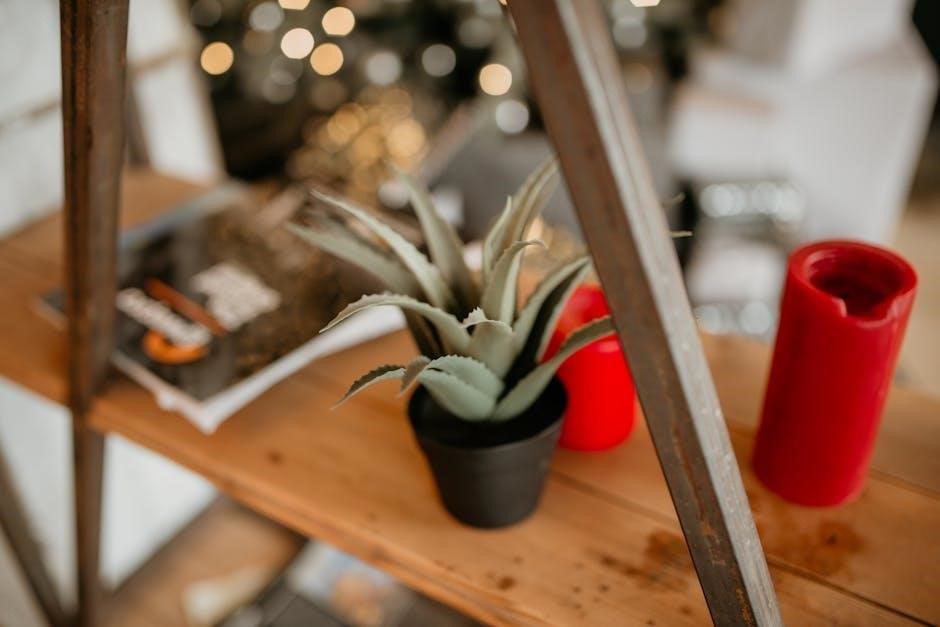
Basic Weaving Technique
Start the weave by inserting the hook through the first loop and pulling it tightly. Continue this process row by row, maintaining even tension to ensure sturdy stitching. This fundamental method creates a durable and heat-resistant texture, perfect for functional pot holders. Follow the pattern or experiment with colors for a personalized design. Proper weaving ensures a professional finish and long-lasting use in your kitchen.
Step-by-Step Weaving Process
- Begin by attaching the craft loops to the loom, aligning them with the prongs on opposing sides to create the warp.
- Insert the hook into the first loop, pull it tightly, and continue this process row by row.
- Maintain even tension while weaving to ensure a sturdy and heat-resistant texture.
- Once the last row is complete, secure the final loop to prevent unraveling.
- Optional: Add a decorative crocheted edge for a personalized finish.

Following these steps ensures a professional and durable result, perfect for protecting your kitchen surfaces from heat.
Securing the Last Loop
- Pull the last loop through the final peg to ensure it is tightly secured.
- Tuck the end of the loop under the last few rows to prevent it from coming loose.
- Use a tapestry needle to sew any remaining loose ends into the fabric of the potholder.
- OOptionally, leave the last loop exposed to use as a hanging loop for storage.
This step ensures your potholder remains durable and secure, ready for everyday use while maintaining a neat finish.
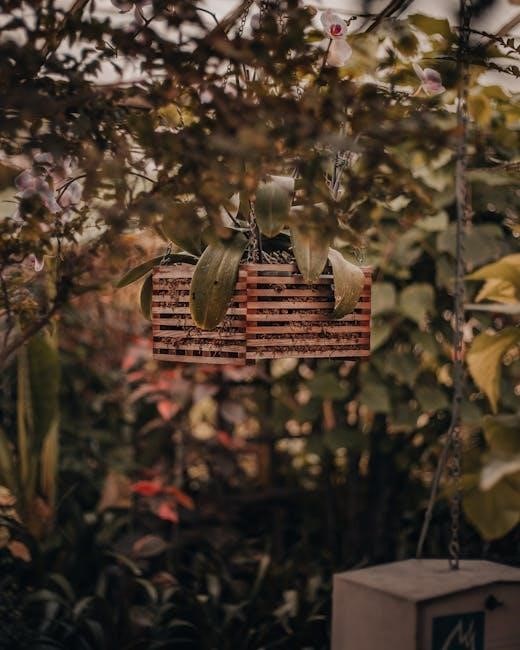
Finishing the Potholder
Once woven, carefully remove the potholder from the loom and sew in any loose ends using a tapestry needle. This ensures a neat, durable finish. For added convenience, you can leave a small loop at one corner to hang the potholder. This step completes your handmade potholder, ready for use or gifting!
Removing the Potholder from the Loom
Gently lift the woven potholder from the loom, ensuring all loops remain securely in place. Slide the potholder off the pegs carefully to avoid stretching or misshaping the fabric. If the last loop is still on the loom, pull it through to secure it. Once removed, inspect the edges to ensure they are even and tightly woven. This step completes the weaving process, leaving you with a nearly finished potholder ready for sewing in loose ends or adding a decorative edge.
Sewing in Loose Ends
Using a tapestry needle, thread the yarn through the loose ends around the edges of the potholder. Gently weave the needle through the loops to secure any stray threads. This step ensures the potholder remains durable and prevents fraying. Tie a small knot at the end of the yarn and trim the excess. For a polished finish, make sure all ends are neatly tucked in. This final touch reinforces the structure and readiness of your handmade potholder for everyday use.
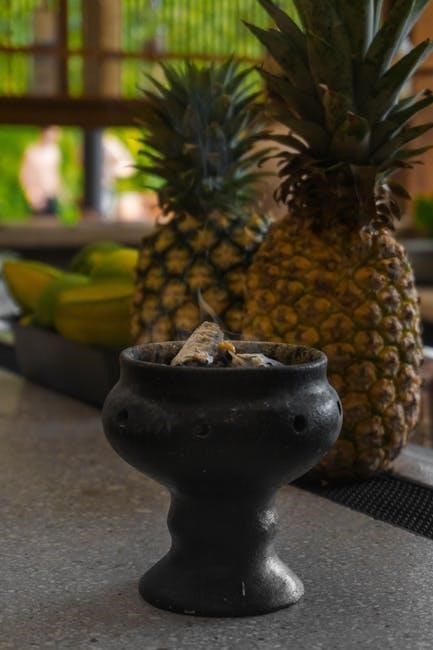
Adding a Crocheted Edge
Enhance your potholder by adding a decorative crocheted edge. Using a crochet hook, single crochet around the edges for a polished look. Slip stitch to secure the border, ensuring a neat and durable finish that adds both style and functionality to your handmade potholder.
Instructions for a Decorative Border
To add a decorative border, start by single crocheting around the edges of your potholder using a crochet hook. Ensure even stitches for a polished look. Once complete, secure the border with a slip stitch. For a fancier edge, consider adding shells or picots. These decorative elements not only enhance the appearance but also add durability. Use a tapestry needle to weave in any loose yarn ends for a professional finish. This step transforms your practical potholder into a stylish kitchen accessory, perfect for personal use or as a gift.
Tips, Tricks, and Variations
Experiment with upcycled materials like t-shirt yarn or repurposed fabric scraps for an eco-friendly touch. Customize colors and patterns to match your kitchen decor. Use a tapestry needle to weave in loose ends seamlessly. For a textured look, try mixing different yarn types or sizes. These creative variations will make your potholders truly unique and personalized, while adding functionality and style to your handmade projects.
Using Upcycled Materials
Transform old materials into eco-friendly pot holders. Cut strips from worn-out t-shirts or fabric scraps to create unique, textured yarn. This method reduces waste and adds character to your project. Stretch the loops slightly before weaving to ensure they lie flat. Upcycling not only makes your pot holders more sustainable but also gives them a personalized touch. Experiment with different materials to create one-of-a-kind designs while contributing to a greener planet. This creative approach is both budget-friendly and environmentally conscious.
Customizing Colors and Patterns
Personalize your pot holders by experimenting with vibrant colors and creative patterns. Choose complementary hues to match your kitchen decor or mix bold shades for a unique look. Alternate loops of different colors to create stripes, checkerboards, or geometric designs. For a subtle touch, use a single color with varying shades. You can also incorporate textured yarns for added visual interest. This step allows you to express your creativity, making each pot holder a one-of-a-kind piece that reflects your personal style while maintaining functionality.





